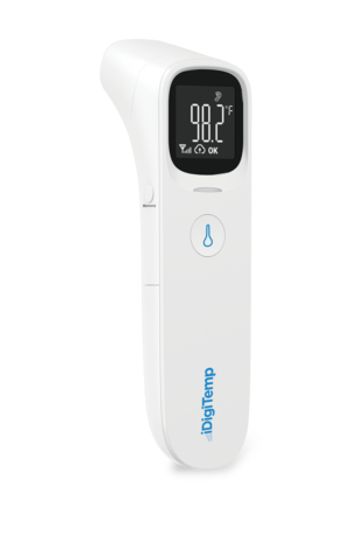
Societal determinants of HPV vaccination highlighted as regulators expand age recommendation to 45
A new study investigates what societal factors influence HPV vaccination as age recommendation for vaccine expands.
Understanding why patients choose to receive-or refuse-human papillomavirus vaccination is an important part of increasing uptake of the vaccine, especially as authorities expand the age range for protection.
As the number of potential recipients grows, it highlights the need to improve uptake for HPV vaccination in the U.S., which has lagged despite the
“Social determinants of health is an important framework to identify health disparities in the population,” said Erika Thompson, Ph.D., MPH, CPH, assistant professor of human behavior and health systems and director of the MPH maternal and child health program at the University of North Texas Health Science Center School of Public Health and lead author of the report. “We aimed to understand if these social determinants were associated with HPV vaccination among young adults in the US, which may inform future interventions for promoting health equity with this vaccine.”
According to the report, 45.7 percent of women and 14.5 of men in the sample received HPV vaccination. Vaccination rates were higher among women who were English speaking and had higher levels of education. Among both men and women, individuals who did not use the internet to look up health information had lower rates of vaccination.
Thompson said she was concerned about lower vaccination rates among women with lower education levels, adding that clinicians should be making sure to recommend the vaccine to all patients-but especially to those without a college degree.
She said she hopes the report will help clinicians understand patient needs when it comes to healthcare decision-making and help make the case to make HPV vaccination a public health priority.
“We see this study as a first step to applying a social determinants of health framework to HPV vaccination,” Thompson said. “While social determinants are a national public health priority, the surveillance systems we use need to measure these factors to permit further investigation. Social determinants of health have significant impact on patients’ health and wellbeing.”
The report suggests that future efforts to increase HPV vaccination rates focus on health education.
Newsletter
Stay informed and empowered with Medical Economics enewsletter, delivering expert insights, financial strategies, practice management tips and technology trends — tailored for today’s physicians.








